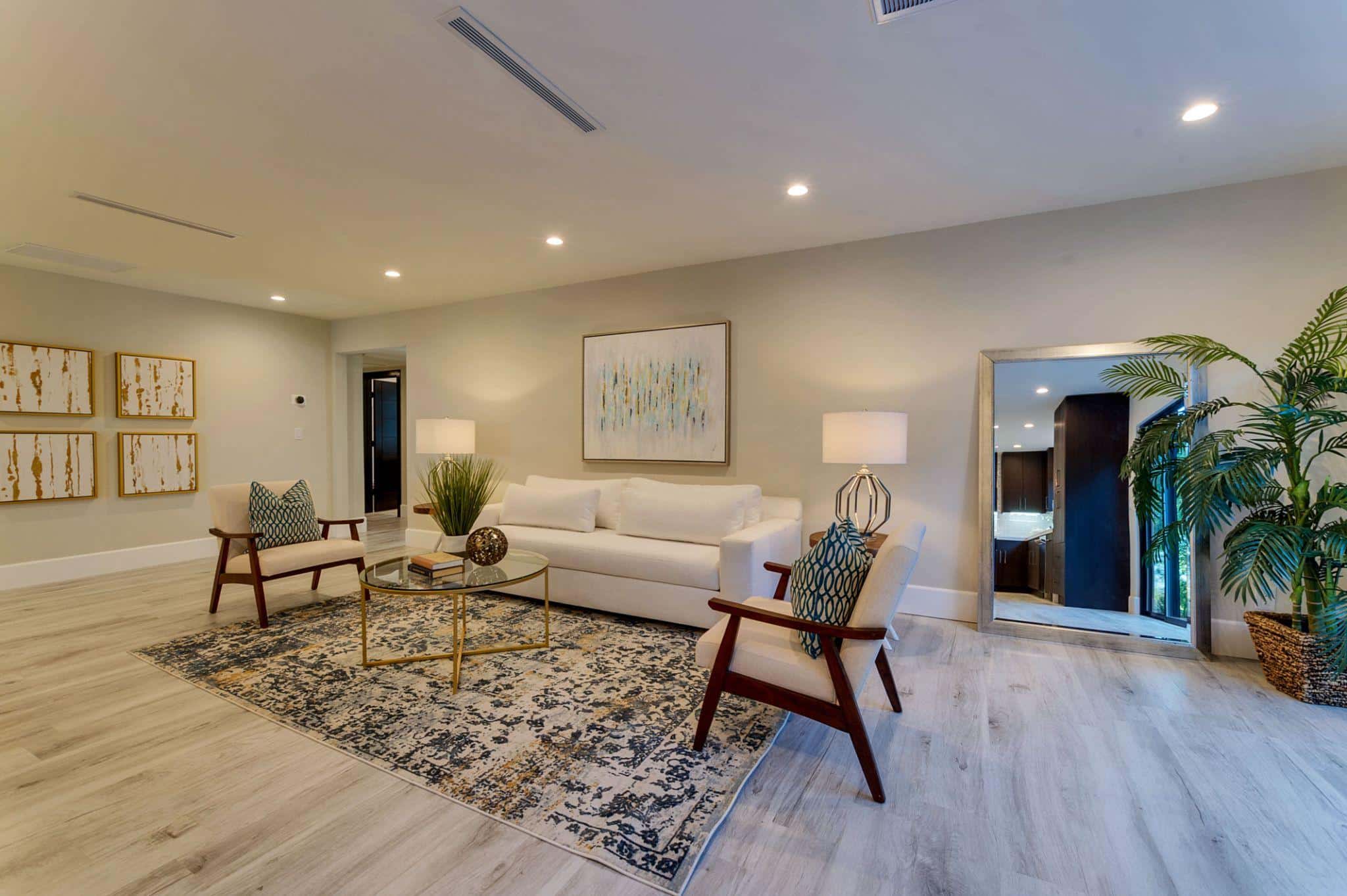
How to Mix Fabric Patterns Successfully
Mixing fabric patterns can elevate any space, bringing depth, personality, and visual interest to your home. However, achieving a harmonious balance requires careful planning and an understanding of design principles. Without the right approach, too many patterns can clash and overwhelm a room.
If you want to mix fabric patterns like a pro, this guide will walk you through essential tips and tricks to create a cohesive, stylish space.
Why Mixing Fabric Patterns Matters
Fabric patterns add texture, contrast, and a dynamic feel to a room. Whether you are designing a bedroom, living room, or dining space, combining the right patterns can create a layered and inviting atmosphere. While some may shy away from bold combinations, knowing how to blend patterns correctly will allow you to create a sophisticated and visually appealing design.
1. Start with a Dominant Pattern
The easiest way to begin is by selecting a dominant pattern that sets the tone for your space. This could be a large-scale floral print, a bold geometric design, or a dramatic abstract motif. Since this pattern will be the focal point, it’s best to use it on a large piece such as a sofa, rug, or drapes.
Once you establish the dominant pattern, you can introduce complementary designs to enhance the space without overpowering it.
2. Stick to a Cohesive Color Palette
Color plays a crucial role in mixing patterns successfully. When choosing different prints, make sure they share common colors that tie the look together. For example, if your dominant pattern features navy blue, white, and gold, select accent patterns that incorporate at least one of those shades.
By keeping a consistent color scheme, you allow even the most diverse patterns to work together seamlessly.
3. Vary the Scale of the Patterns
To prevent patterns from competing with each other, use a mix of large, medium, and small-scale prints. If your dominant pattern is large and bold, pair it with a smaller, more intricate print. This technique creates balance and allows each pattern to stand out without overwhelming the space.
For instance, a large floral print on curtains can work well with a medium-sized geometric pattern on throw pillows and a subtle pinstripe on upholstery.
4. Balance Organic and Geometric Patterns
Combining different pattern styles helps create contrast and depth. A great rule of thumb is to mix organic patterns (florals, paisleys, and nature-inspired prints) with structured, geometric patterns (stripes, plaids, and chevrons).
This contrast ensures that the room feels dynamic rather than repetitive. For example, pairing a leafy botanical print with classic stripes can create a fresh, balanced look.
5. Introduce a Neutral Anchor
While mixing patterns can be exciting, having a neutral foundation is essential to avoid overwhelming the space. Solid-colored fabrics in neutral tones such as white, beige, gray, or soft pastels can break up bold patterns and give the eye a place to rest.
Consider incorporating neutral upholstery, bedding, or wall colors to maintain harmony in a pattern-heavy space.
6. Use Textured Fabrics for Subtle Variation
Patterns don’t always have to come from prints. Textured fabrics such as velvet, linen, or woven materials can add depth and interest without introducing additional colors or bold designs.
For example, pairing a smooth silk pillow with a textured woven throw can create contrast while keeping the overall look refined and elegant.
7. Distribute Patterns Evenly Throughout the Room
To ensure balance, spread patterns across the entire space rather than concentrating them in one area. If you have patterned curtains on one side of the room, introduce a patterned rug or accent chair on the opposite side to create visual harmony.
By evenly distributing patterns, you create a well-balanced and thoughtfully designed room.
8. Keep Odd Numbers in Mind
A great design trick is to work in odd numbers when mixing patterns. Using three, five, or seven patterns creates a more natural and aesthetically pleasing look.
For example, a well-curated room might include:
- A large floral on the sofa
- A striped fabric on throw pillows
- A small-scale geometric pattern on an accent chair
This approach helps prevent a space from feeling too matchy-matchy or overly chaotic.
9. Test the Combinations Before Committing
Before purchasing fabrics or upholstering furniture, test your combinations. Lay fabric swatches next to each other to see how they interact. If one pattern feels too overpowering, swap it out for a more subtle option.
This simple step can save you time and money by ensuring your selections work well together before making any permanent decisions.
10. Trust Your Instincts and Have Fun
At the end of the day, interior design is about expressing your personality and creating a space that feels right for you. While these guidelines can help, there are no strict rules. If you love a particular combination, go for it!
The best-designed spaces reflect individuality, so experiment, adjust, and enjoy the process of mixing fabric patterns in your home.
Final Thoughts
Mixing fabric patterns successfully is all about balance, contrast, and coordination. By following these tips—starting with a dominant pattern, using a cohesive color palette, varying scales, and incorporating neutrals—you can create a visually stunning and harmonious space.
Now that you know how to master the art of pattern mixing, why not take your interior design skills to the next level?
Interested in professional training? Explore Our Interior Design & Home Staging Courses
Looking for real-world inspiration? Read Student Success Stories
Join our community! The Interior Design & Home Staging Business Incubator
By applying these techniques and exploring new design ideas, you can transform any space with confidence and creativity!